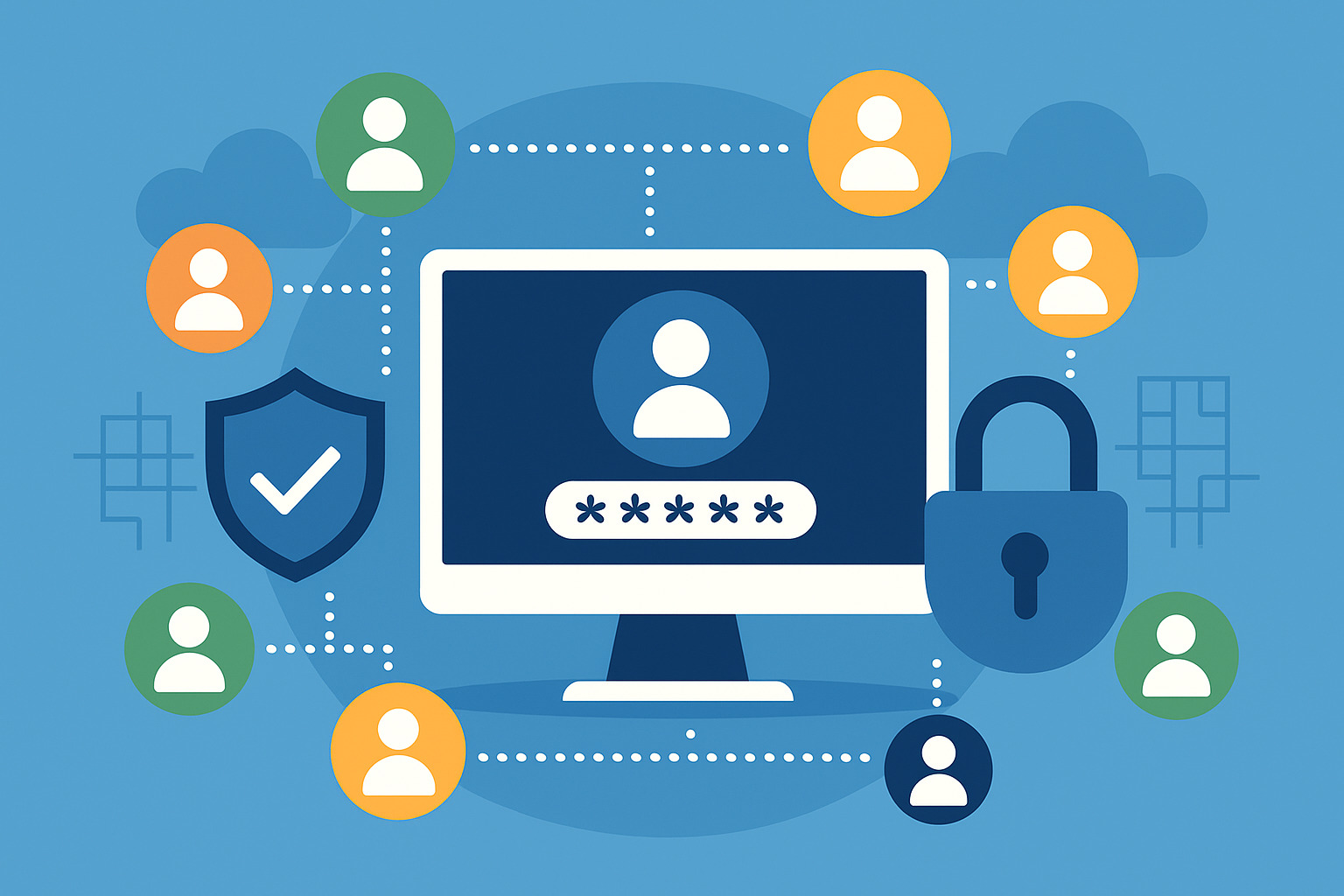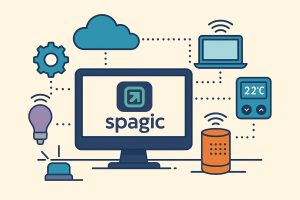
Integrating Systems through Federated Identity
As enterprise applications continue to grow, so does the need for unified user authentication. Instead of logging into each service individually, it’s more effective for users to access multiple systems simultaneously using a single identity. This is where the concept of federated identity comes in. With Spagic, authentication can be centralized across various identity providers such as LDAP, SAML, or OAuth.
Spagic is an open-source middleware platform capable of integrating enterprise services using a broad range of technologies. One of its most practical features is its support for federated identity, allowing user authentication to be redirected through a trusted identity service. For example, if an organization uses LDAP for its core directory, it can serve as the central authentication system—even when using other applications.
This capability benefits not just administrators, but also end-users. There’s no need to maintain separate usernames and passwords for each application. A single login through a trusted identity provider is enough to access all systems connected via the federated identity model.
How LDAP Connects with Spagic’s Federated Strategy
LDAP (Lightweight Directory Access Protocol) is one of the most popular identity providers in many enterprise setups. Since it’s commonly used for authenticating internal systems, it’s a natural choice as the foundation for a federated identity strategy. When integrated with Spagic, user access across various applications can be configured while following a unified set of authentication rules.
For instance, in an environment with production, QA, and development systems, LDAP can manage user access based on department. Spagic serves as the intermediary, verifying which users can access specific areas of the system.
This setup also simplifies onboarding. Once a new employee is added to the LDAP directory, they automatically gain access to systems configured under the federated model—no need to manually update individual applications.
Simplifying Access to Cross-System Applications
Federated identity is not just about user experience—it also matters for scalability and security. In enterprises with multiple applications relying on separate login systems, it’s difficult to track who has access to what. With Spagic and federated identity, there’s a centralized way to manage user access rights.
Consider an organization using an internal ERP system, HR tools, and an external cloud CRM. Instead of managing three different access points, a central identity service like LDAP can be connected to Spagic. This way, every login follows a standard path, and access depends on predefined directory roles.
Audits and security reviews become easier too, with clear visibility into who accessed which system and when. This transparency is critical for compliance and risk management.
Built-In Security in Spagic Federation
Federated identity isn’t just about logging in—it also requires securing tokens, credentials, and sessions. Spagic supports encryption, secure connections (such as TLS), and access policy enforcement to protect user data.
It also supports single logout mechanisms, essential for federated setups. When a user logs out of one application, all other applications tied to the same federated session are also logged out. This reduces the risk of lingering open sessions across systems.
This is especially important in shared workstation environments, where logging out of one app ensures the next user cannot access other services without re-authentication. This is critical for data-sensitive settings.
Configuring Spagic for LDAP Federation
To enable LDAP federation within Spagic, the configuration file must correctly access the LDAP server. This includes base DN, user search patterns, and attribute mapping required to identify users properly.
It’s best to test the connection with a dummy account before deploying in a production environment. Once verified, group-level policies can be set to automatically manage access based on organizational units.
While Spagic provides pre-built modules to simplify this process, careful testing is essential to avoid misconfiguration—especially in environments where authentication is mission-critical.
Supporting Multi-Domain Identity Sources
One of the greatest advantages of using federated identity in Spagic is its support for multiple identity providers. LDAP can be used as the main source while supplementing it with other protocols like OAuth or SAML for external applications or partner integration.
For example, internal staff may use LDAP credentials for internal tools, while partners authenticate via OAuth. Spagic enables a seamless authentication flow across both sides of the network.
This is particularly beneficial for multinational companies with separate IT domains per region. Spagic acts as a bridge to connect each domain within a shared federated model.
Using Role-Based Access Control in Federation
Not all authenticated users should have the same access. That’s why role-based access control (RBAC) is crucial in federated identity management. With Spagic, roles can be implemented based on LDAP group attributes.
For instance, a department head might have access to reports and user management tools, while regular staff are restricted to their own dashboards. With a well-structured RBAC model, managing access becomes simpler and more secure.
Spagic allows LDAP attributes to be mapped directly to internal roles. This eliminates the need for repetitive setups in each app—configure it once and it applies across the ecosystem.
Monitoring and Logging Authentication Activities
Visibility into authentication events is vital, especially for security audits or incident investigations. Spagic supports detailed logging of federated identity authentication events, including login time, authentication methods, and error codes for failed attempts.
These logs can be forwarded to centralized log management or SIEM tools for broader analysis. This guards against insider threats and unauthorized access attempts.
For instance, if there’s a spike in failed login attempts from a specific office, the issue can be traced and resolved before it escalates.
Scalability and Flexibility of Spagic Federation
As systems grow, identity management demands increase. Fortunately, Spagic is designed to be both scalable and flexible. It can integrate with various infrastructures like Kubernetes clusters, cloud platforms, and traditional servers.
This flexibility supports companies undergoing digital transformation while still relying on legacy identity providers. Federated identity allows them to modernize gradually without disrupting existing structures.
This long-term capability makes Spagic a powerful tool for hybrid IT environments.
Simplified User Lifecycle Management
User onboarding and offboarding are much easier when identity control is centralized. With Spagic federation using LDAP, the entire user lifecycle—from creation to deactivation—follows a standard process.
For onboarding, a single LDAP record gives the employee access to all systems. For offboarding, one command can instantly revoke access across applications. This minimizes human error and enhances security compliance.
Ultimately, integrating federated identity with Spagic and LDAP leads to a more secure and streamlined authentication process.
Finding the Right Authentication Integration
Using federated identity through Spagic not only simplifies user access but also provides better control and visibility for IT teams. By integrating LDAP and other identity providers, an organization gains a flexible yet secure identity management strategy.
